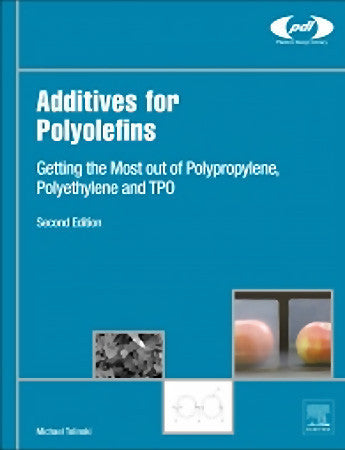Fluorinated ionomer polymers form impermeable membranes that conduct electricity, properties that have been put to use in large-scale electrochemical applications, revolutionizing the chlor-alkali industry and transforming production methods of some of the world’s highest-production commodity chemicals: chlorine, sodium hydroxide, and potassium hydroxide. The use of fluorinated ionomers such as Nafion® has removed the need for mercury and asbestos in these processes and led to a massive reduction in electricity usage in these highly energy-intensive processes. Polymers in this group have also found uses in fuel-cells, metal-ion recovery, water electrolysis, plating, surface treatment of metals, batteries, sensors, drug release technologies, gas drying and humidification, and super-acid catalysis used in the production of specialty chemicals. Walther Grot, who invented Nafion® while working for DuPont, has written this book as a practical guide to engineers and scientists working in electrochemistry, the fuel cell industry and other areas of application. His book is a unique guide to this important polymer group and its applications, in membranes and other forms. The 2e expands this handbook by over a third, with new sections covering developments in electrolysis and membranes, additional information about the synthesis and science of the polymer group, and an enhanced provision of reference data.
Audience:
Industrial Chemists, Chemical Engineers and Electrical Engineers involved in product development and technical service in the Chlor-alkali and fuel cell industries. Engineers involved in applications using fluorinated ionomers, e.g. chemical industry, energy/cleantech, automotive industry. Fluoropolymer manufacturers
1.1 Polymers
1.2 Physical Shapes
1.3 References
2 History
2.1 References
3 Manufacture
3.1 Introduction
3.2 Perfluorinated Ionomers
3.3 Polymerization
3.4 Fabrication
3.5 Hydrolysis and Acid Exchange
3.6 Finishing and Testing
3.7 Liquid Compositions
3.8 Fluorinated Ionomers with Phosphonic or Sulfonyl Imide Functional Groups
3.9 Partially Fluorinated Ionomers
3.10 Composite Materials of Ionomers and Inorganic Oxides
3.11 Composite Materials of Ionomers and a Porous Matrix
3.12 Remanufactured Membranes
3.13 References
4 Properties
4.1 Properties of the Precursor Polymers
4.2 Properties of the Ionic Forms
4.3 Morphology
4.4 Transport Properties
4.5 Optical Properties
4.6 Thermal Properties
4.7 Stability
4.8 References
5 Applications
5.1 Electrolysis
5.2 Sensors and Actuators
5.3 Dialysis
5.4 Gas and Vapor Diffusion
5.5 Protective Clothing
5.6 Catalysis
5.7 References
6 Fuel Cells and Batteries
6.1 Introduction
6.2 Operating Parameters
6.3 Ionomer Stability
6.4 Direct Methanol Fuel Cells (DMFCs)
6.5 Manufacture of MEAs
6.6 Rechargeable Flow Through Batteries
6.7 References
6.8 Further Reading
7 Commercial Membrane Types
7.1 Unreinforced Perfluorinated Sulfonic Acid Films
7.2 Reinforced Perfluorinated Membranes
8 Economic Aspects
8.1 Chlor-Alkali Cells
8.2 Fuel Cells
8.3 References
9 Experimental Methods
9.1 Infrared Spectra
9.2 Hydrolysis, Surface Hydrolysis, and Staining
9.3 Other Reactions of the Precursor Polymer
9.4 Ion Exchange Equilibrium
9.5 Determination of EW by Titration or Infrared Analysis
9.6 Determining Melt Flow
9.7 Distinguishing the Precursor Polymer from Various Ionic Forms
9.8 Fenton’s Test for Oxidative Stability
9.9 Examination of a Membrane
9.10 Determining the Permselectivity
9.11 Measuring Pervaporation Rates
9.12 Simple Electrolytic Cells
9.13 References
10 Heat Sealing and Repair
10.1 Reference
11 Handling and Storage
11.1 Handling the Film
11.2 Pretreatment
11.3 Installation
11.4 Sealing and Gasketing
12 Toxicology, Safety and Disposal
12.1 Toxicology
12.2 Safety
12.3 Disposal
12.4 References
Appendix A A Chromic Acid Regeneration System
Appendix B Laboratory Chlor-alkali Cell
Appendix C Solution Cast Nafion Film
Appendix D Plastic-Based Bipolar Plates
Suppliers and Resources
Glossary and Web Sites
Index




